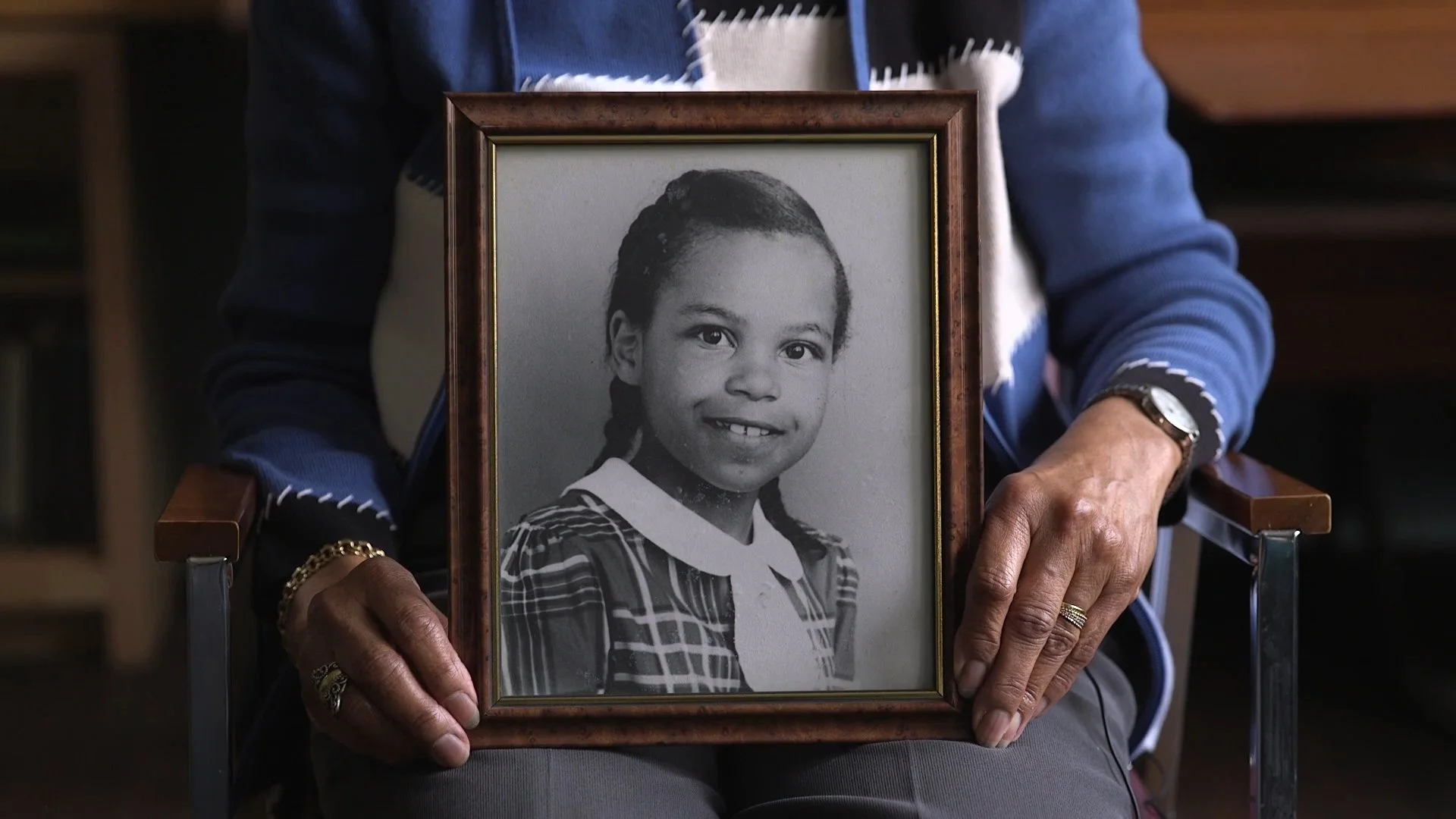The Fight to Preserve Rosenwald Schools
Role: Producer, camera, editor
Words by: Daarel Burnette II
For Education Week, 2021
Civil rights leaders’ half-century struggle to get Black students access to all of America’s public schools, culminating in the Brown v. Board of Education decision, is widely known. But the story of how Black people, just a handful of years after slavery ended, managed to grow a solid middle class without access to so many of America’s public schools is not nearly as well known.
This story involves Black ingenuity, an unusual friendship between a Jewish philanthropist and a Black educator, and a widespread desire among Black parents for their children to be provided the same quality of education as white children.
In the years following the abolishment of slavery, Black politicians’ number one Reconstruction victory was the establishment of a publicly-funded school system in the South. But soon after states promised in their constitutions that the public would get access to an adequate and equitable education, local politicians promptly banned Black, taxpaying parents from enrolling their children.
Aware of the crucial economic role education can play for the descendants of slaves, Julius Rosenwald, a Chicago philanthropist and Sears, Roebuck president, along with Booker T. Washington, the principal of Tuskeegee Institute, worked with Black communities across the south to build more than 5,000 schools for Black children.
As Republicans and Democrats today debate what public school students should learn about America’s racist past, historians are attempting to archive how Black parents responded when our country’s school system systemically shut Black students out of their public school system.
This story has been largely washed from our nation’s collective memory but some of those 5,000 school houses that Black communities built and staffed, still stand in plain sight. Their graduates, many of whom went on to stage the civil rights movement, are still alive.
We spoke with scholars and national park leaders about the Rosenwald schools’ history and the fight to preserve their legacy.
